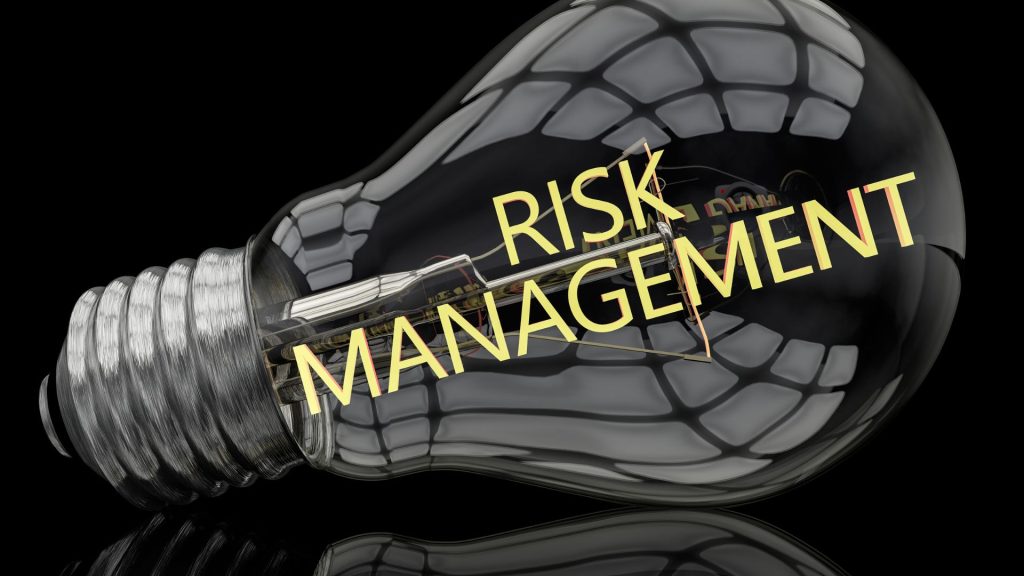Risk management in business is a proactive process that involves identifying, assessing, and mitigating potential threats to an organization’s operations, financial health, reputation, or stakeholders, thereby promoting business resilience, compliance, and sustainable growth.
Risk assessment is a process that involves addressing all identified risks. Risk assessment is a key tool for the risk management process, which is performed for all types and categories of identified risks at all levels within an organization. Different categories of risks may be financial risks, environmental risks, strategic risks, operational risks, reputational risks, etc.
Quantitative and qualitative risk assessments require using data points and subjective assessments. Quantitative and qualitative assessments depend on the availability f correct and quality data or information, related to the assessed risks.
To perform effective quantitative and qualitative risk assessments, a series of steps are to be performed, including the identification of data sources, data points, risk sources, internal loss database, regulatory observations, loss incidents, etc.
To perform quantitative assessments, risk owners use data such as internal audit reports, past incident reports, and loss databases, which are maintained in an organization. Assessment of impact and likelihood of risks is performed, to the extent possible, based on available information or factual data, to quantify the risk impact.
Risk Management in Business
Quantitative analysis is performed to assess the impact of the occurrence of risks. The quantitative assessment uses internal loss databases, previously reported risk incidents and their impacts, regulatory observations related to assessed risk, and audit reports.
Qualitative risk assessments give weightage to the subjective risk assessment, where the potential and impact of risks are assessed based on judgments, which may be the subjective judgment.
Risk management allows entities to improve their ability to identify new risks and establish appropriate risk responses, reducing surprises and related compliance costs. Further, the organization through the logical identification and integration of risks finds the root causes and sources of the risks.
There are various sources from which the risks originate, such as regulatory requirements including laws, policies, procedures, changes in economics and political factors, changes in the customers’ risk profiles, changes in the behavior of customers and their transactions, and various other internal factors related to employees dealing with customers to onboard them and verify their identities.
Risks may be highly correlated with factors within the business context or with other risks. Further, risk responses may require significant investments in compliance processes, teams, and systems. Emerging risks arise when business context changes, customer profile changes, new laws, and regulations are introduced, dealing with high-risk clients or jurisdictions, etc.
Note that emerging risks may not be understood or quantified well enough initially, and may warrant reidentification more frequently. Additionally, organizations need to establish a culture of communication regarding emerging risks. Identifying new and emerging risks, allows the organization to look to the future and gives them time to assess the potential severity of the emerging risks.
The occurrence of risk incidents may result in financial, reputational, operational, strategic, and legal consequences, and are used as data points for risk quantification or impact assessment in financial terms. For example, the cryptocurrency money laundering incident will serve as a data point, while assessing future money laundering risks for different cryptocurrencies.
Based on the quantitative and qualitative risk assessments, the risk classification is achieved. Once the risks are identified and tagged with the risk types, the inherent and residual risk assessment is performed considering the level of controls in place to mitigate the risks. After performing the residual risk assessment, the risks are classified into three broad levels which are high risks, medium risks, and low risks.
Final Thoughts
The importance of both quantitative and qualitative risk assessments in the overall risk management strategy of an organization cannot be understated. These tools allow for comprehensive understanding of potential risks and the mitigation thereof, considering both data-driven and subjective aspects. They facilitate proactive risk identification, including emerging risks, and enhance the response strategy, thus reducing the overall impact on the business. A rigorous approach to risk classification enables businesses to prioritize and allocate resources effectively, thereby ensuring operational resilience, legal compliance, and ultimately, a robust reputation in the marketplace.
